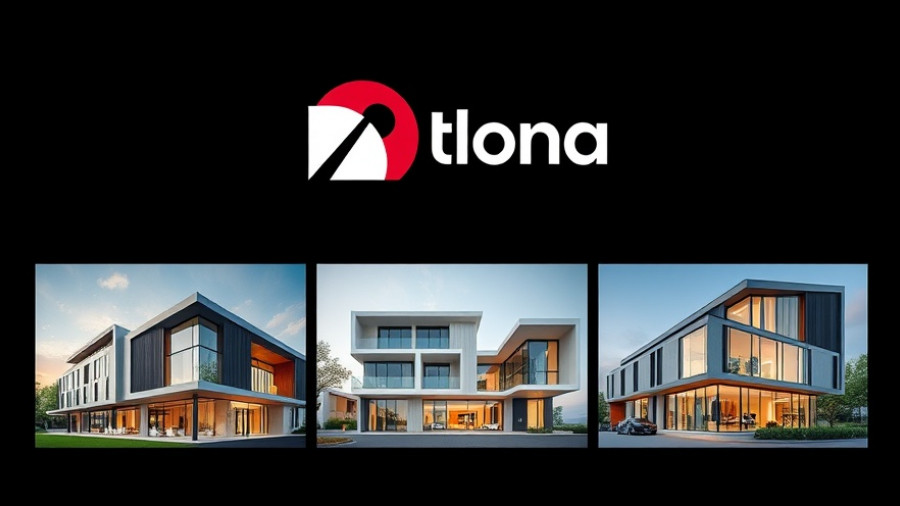
Finding the Perfect AC Setting for Summer Comfort and Savings
As summer temperatures rise, many business owners and facility managers face a central challenge: determining the right thermostat setting for their air conditioning units. The balance between maintaining a comfortable environment while keeping energy costs in check is crucial, especially in commercial spaces where operational expenses are a significant concern.
Setting the Ideal AC Temperature
The U.S. Department of Energy recommends a thermostat setting of 78°F during the summer months. This setting strikes a balance by ensuring comfort while promising significant energy savings. With every degree raised above this temperature, cooling costs can drop by about 1%, which can lead to substantial savings over time, particularly for larger facilities. According to the World Health Organization, indoor temperatures should ideally be maintained between 75°F and 64°F, but individual comfort levels can vary widely.
Understanding Humidity's Role
Moreover, the outdoor weather directly affects how cooling systems perform. High humidity, for instance, may cause a temperature of 90°F with 70% humidity to feel like a stifling 105°F. In this scenario, managing humidity becomes essential. Maintaining a relative humidity level between 30% and 50% indoors is ideal for comfort. Ceiling fans can provide relief by circulating air and potentially making the room feel four degrees cooler.
Adjusting for Time of Day and Outdoor Conditions
Smart thermostat usage can contribute to energy efficiency. For example, a practical approach is to lower the temperature in the evening when the outside air cools. This tactic not only enhances comfort during sleep but also reduces energy consumption.
Where Personal Comfort Meets Practicality
It's critical to note that comfort is subjective—what suits one person might not work for another. If staff or occupants find the standard 78°F setting too warm, consider adjusting the thermostat down by one degree daily until a comfortable balance is achieved. For facilities with vulnerable populations, such as the elderly or young children, creating a cooler environment below 75°F on extreme heat days may be necessary for health reasons.
Energy Efficiency and Demand Management
Implementing energy-efficient practices not only helps lower utility bills but can enhance corporate image as well. Companies committed to sustainability often find that adopting energy-saving measures resonates positively with their clients and community. Integrating technology, such as smart HVAC systems, can aid in achieving these goals without sacrificing comfort.
Conclusion: Making Informed Decisions in HVAC Management
In summary, finding the optimal temperature for cooling your space in summer hinges on understanding energy consumption, humidity levels, and individual comfort preferences. By leveraging this knowledge, business owners and facility managers can create a comfortable environment that promotes well-being while remaining cost-effective. With every small adjustment in temperature made based on these insights, significant savings could be achieved.
Now is the perfect time to assess your current AC settings and energy management practices. By making informed decisions, you can enhance comfort for staff and clients while also contributing to a greener planet.
 Add Row
Add Row  Add
Add 




Write A Comment